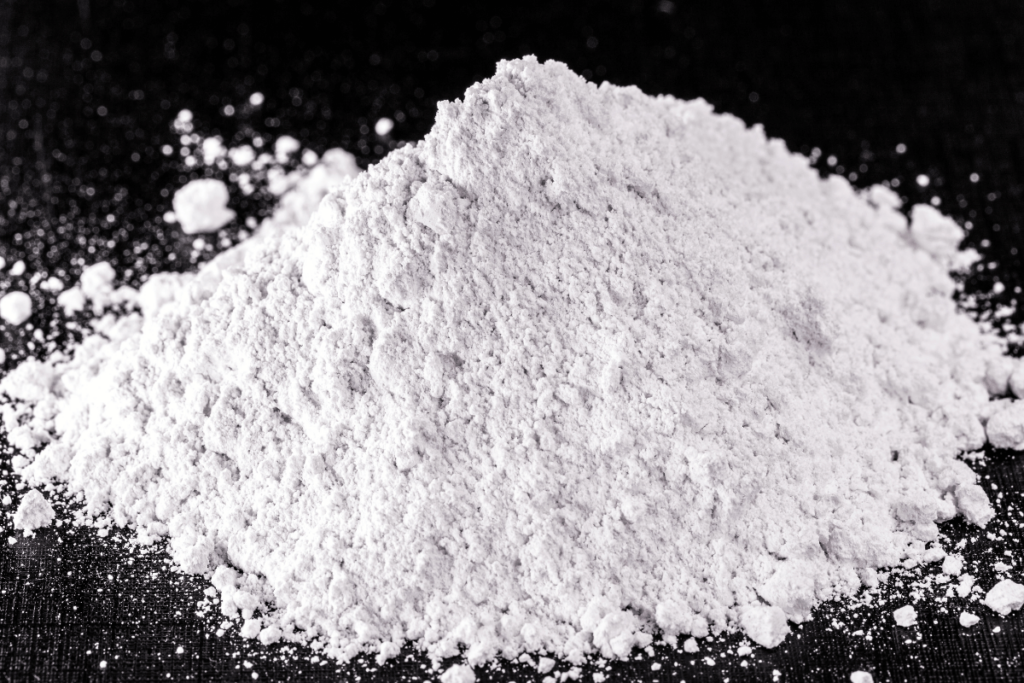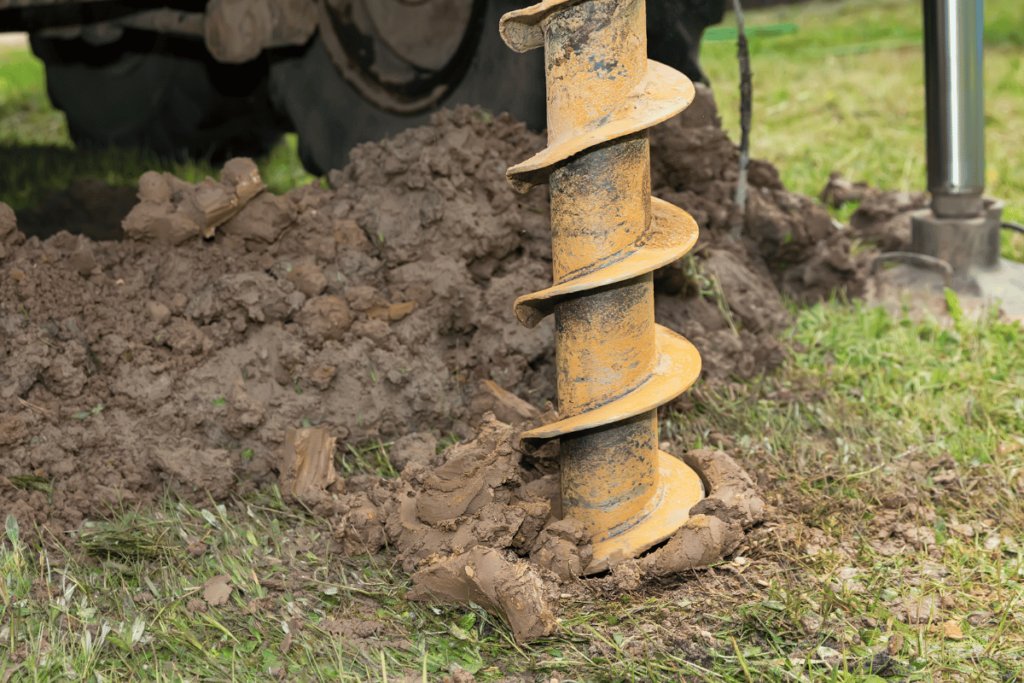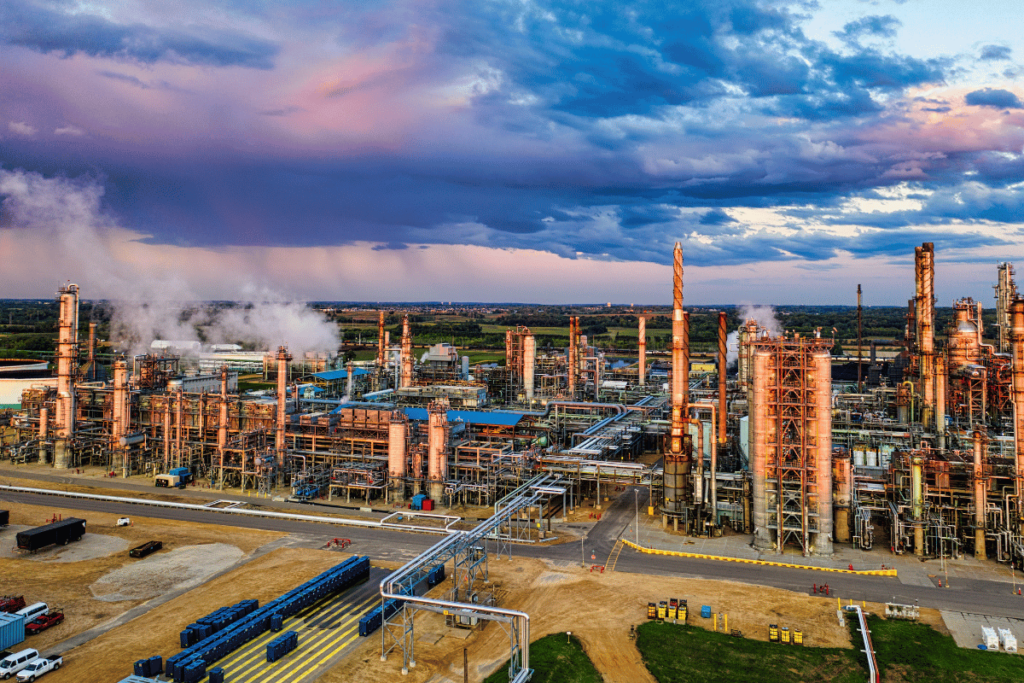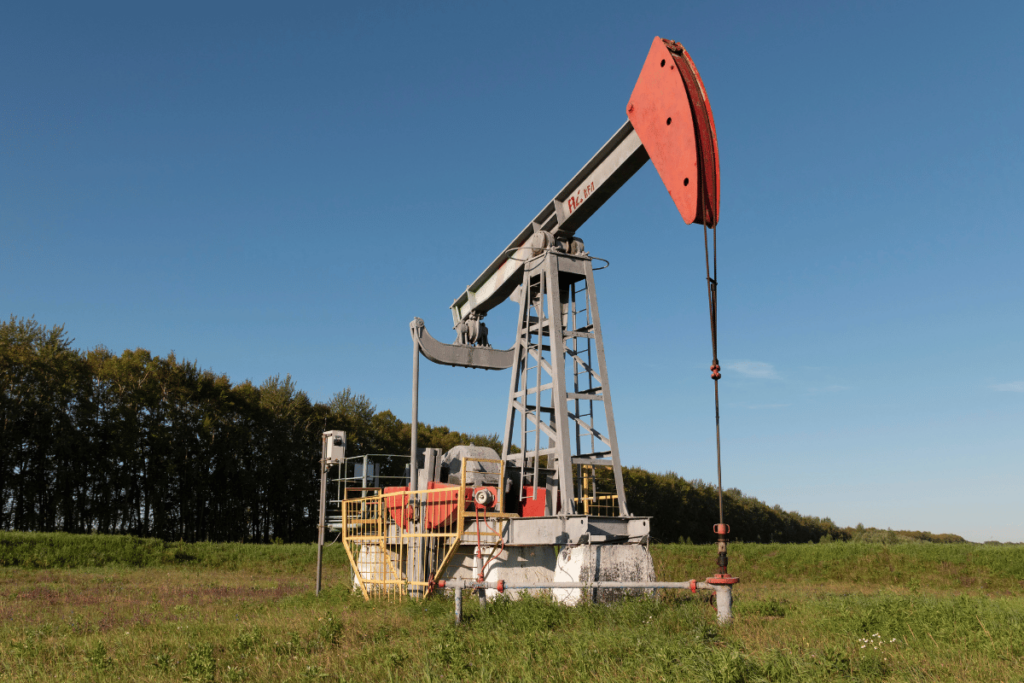A Comparative Study: Carboxy Cellulose vs Other Polymers in Oil Well Stabilization
In the dynamic realm of the petroleum industry, the stability of oil wells holds paramount importance. Ensuring the integrity of these wells involves a multifaceted approach, with the utilization of various polymers playing a crucial role. Among these polymers, the spotlight shines on carboxy cellulose and carboxymethylcellulose (CMC), each demonstrating unique properties that make them valuable contenders in the quest for effective oil well stabilization.
Polymers, in the context of oil well stabilization, act as the guardians of wellbore integrity. They combat the challenges posed by drilling, production, and fluid circulation, safeguarding the overall structure of the well. In particular, carboxy cellulose and carboxymethylcellulose have garnered attention due to their water-soluble nature and the ability to form stable solutions in aqueous environments, making them promising candidates for applications in the petroleum sector.
The aim of this study is to delve into the comparative effectiveness of carboxy cellulose in relation to other polymers commonly employed for oil well stabilization. By examining the strengths, weaknesses, and real-world applications of these polymers, we endeavor to provide insights that can inform prudent decisions in selecting the most suitable polymer for the task at hand. This exploration paves the way for a comprehensive understanding of the role that carboxy cellulose and CMC can play in the realm of oil well stability.

Understanding Carboxy Cellulose and Carboxymethylcellulose (CMC)
At the heart of the discussion on oil well stabilization lies the remarkable properties of carboxy cellulose and its derivative, carboxymethylcellulose (CMC). These polymers, derived from cellulose – a renewable and abundant natural resource – offer a distinct set of attributes that make them favorable candidates for addressing the challenges posed by oil well instability.
Carboxymethylcellulose, often referred to as CMC, emerges as a key player due to its unique chemical structure. Derived from cellulose, CMC undergoes a carboxymethylation process, wherein carboxymethyl groups are introduced to the cellulose chain. This modification imparts solubility in water, leading to the formation of viscous solutions. This solubility and viscosity render CMC ideal for creating stable fluid systems, a desirable trait in oil well stabilization.
Moreover, CMC's water-soluble nature facilitates its interaction with other drilling fluids and reservoir fluids encountered in oil wells. This interaction can contribute to the maintenance of desired fluid characteristics, reducing the chances of fluid loss and promoting overall stability.
Carboxy cellulose, an overarching term that includes CMC, is recognized for its hydrophilic properties. This means that it possesses a strong affinity for water molecules, enabling it to bind water and form gel-like structures. These gel-like formations can act as barriers, preventing the migration of solids and fluids within the wellbore.
Both carboxy cellulose and CMC share the common ability to alter fluid viscosity and influence fluid behavior. This property, crucial in oil well stability, can help in controlling the movement of drilling fluids, mitigating the risk of collapse, and ensuring consistent wellbore conditions.
Understanding the chemical structure and properties of carboxy cellulose and carboxymethylcellulose (CMC) provides valuable insights into their potential as effective agents in oil well stabilization. Their water-soluble nature, ability to create stable solutions, and capacity to modify fluid behavior make them compelling candidates for addressing the challenges faced in the petroleum industry.

Importance of Polymers in Oil Well Stabilization
In the intricate web of oil well drilling and production, the significance of polymers cannot be overstated. These versatile compounds play a pivotal role in maintaining wellbore integrity, ensuring efficient fluid circulation, and ultimately enhancing the overall success of petroleum operations.
The process of drilling and extracting oil from wells is a complex endeavor fraught with challenges. One of the primary challenges involves the stability of the well itself. As drilling progresses, wellbore instability becomes a pressing concern due to factors like pressure, temperature, and geological formations. This is where polymers step in as indispensable tools.
Polymers utilized in oil well stabilization serve multiple functions, with fluid loss control being a primary concern. During drilling, drilling fluids – known as mud – are used to cool the drill bit and carry the drilled cuttings to the surface. However, without effective fluid loss control, the drilling fluids can infiltrate the rock formations, leading to reduced wellbore stability. Polymers, including carboxy cellulose and carboxymethylcellulose (CMC), possess the ability to create a barrier that prevents excessive fluid loss, maintaining wellbore integrity.
Furthermore, polymers assist in preventing wellbore collapse, which can occur when formations become unstable due to the removal of drilling cuttings. By forming a cohesive structure, polymers counteract the tendency of wellbore walls to cave in, providing stability throughout the drilling process and ensuring the safety of both personnel and equipment.
In the realm of production, polymers continue to play a pivotal role. The flow of reservoir fluids, such as crude oil and natural gas, can be impeded by factors like pressure differences and the accumulation of solids. Polymers, particularly those like carboxymethylcellulose (CMC), can modify fluid behavior, improving flow and reducing friction within the wellbore.
To provide a broader perspective, other polymers commonly employed in oil well stabilization include xanthan gum and guar gum. These polymers, like carboxy cellulose and CMC, share the common goal of maintaining wellbore integrity, enhancing fluid circulation, and ensuring the success of drilling and production operations.
In essence, the utilization of polymers in oil well stabilization is a testament to the delicate balance between science and industry. As technology advances and challenges evolve, polymers remain steadfast allies in overcoming obstacles, ensuring efficient oil well operations, and maximizing the yield from petroleum reservoirs.

Comparative Analysis: Carboxy Cellulose vs Other Polymers
In the landscape of oil well stabilization, the choice of polymer can significantly impact the efficacy of drilling and production operations. As we delve into a comparative analysis between carboxy cellulose and other commonly used polymers, a clear understanding of their strengths, weaknesses, and real-world applications emerges.
Below is a comparative table showcasing the attributes of carboxy cellulose alongside other polymers:
| Polymer | Solubility | Stability Enhancement | Fluid Loss Control | Environmental Impact |
|---|---|---|---|---|
| Carboxy Cellulose | Water-soluble | Provides stable fluid systems | Effective barrier to fluid loss | Renewable, biodegradable |
| Xanthan Gum | Water-soluble | Enhances viscosity and rheology | Effective fluid loss control | Derived from bacteria |
| Guar Gum | Water-soluble | Forms stable gels | Moderate fluid loss control | Derived from plant seeds |
| Polyacrylamide | Water-soluble | Offers high viscosity | Effective fluid loss control | Synthetic polymer |
Carboxy Cellulose stands out for its water solubility, allowing it to create stable fluid systems. It excels in maintaining wellbore integrity by acting as a barrier against fluid loss. Additionally, its renewable and biodegradable nature aligns well with environmental considerations.
Xanthan gum offers viscosity enhancement and rheological control, contributing to fluid stability. Guar gum excels in forming stable gels, though its fluid loss control capabilities are moderate. Polyacrylamide, a synthetic polymer, boasts high viscosity and effective fluid loss control.
It's worth noting that while carboxy cellulose and carboxymethylcellulose (CMC) exhibit similar water-soluble properties, the derived CMC boasts an advantage due to its carboxymethylation process, rendering it an even more versatile option for oil well applications.
Real-world applications showcase the versatility of carboxy cellulose. In a challenging offshore drilling project, where fluid loss and wellbore instability were significant concerns, carboxy cellulose demonstrated exceptional fluid loss control and stability enhancement. The polymer's water-soluble nature facilitated integration with drilling fluids, effectively mitigating drilling challenges and improving overall efficiency.
In conclusion, the comparative analysis illuminates the distinctive attributes of carboxy cellulose in comparison to other polymers used in oil well stabilization. Its water solubility, stability enhancement, and eco-friendliness underscore its potential as a reliable and effective polymer choice. As the petroleum industry continues to evolve, the virtues of carboxy cellulose position it as a compelling option for addressing the complexities of oil well stability.

Future Directions and Innovations in Oil Well Stabilization
As the petroleum industry embraces technological advancements and seeks sustainable solutions, the realm of oil well stabilization is no exception. Looking ahead, the utilization of polymers, including carboxy cellulose and carboxymethylcellulose (CMC), is poised to witness further innovations and transformative applications.
Emerging trends point toward the integration of smart polymers and nanotechnology. These advancements hold the potential to revolutionize oil well stabilization by introducing polymers that can respond to changes in temperature, pressure, or fluid composition. Such responsive polymers could dynamically adapt to varying conditions, enhancing wellbore stability and fluid control.
Another area of innovation lies in tailored polymer formulations. The optimization of carboxy cellulose and CMC can result in polymers that offer enhanced viscosity, superior fluid loss control, and improved stability in extreme conditions. These formulations could cater to the unique challenges posed by unconventional drilling techniques or high-temperature reservoirs.
Moreover, the quest for environmentally friendly solutions aligns with the sustainable nature of carboxy cellulose and CMC. Research into bio-based polymers derived from renewable sources, similar to cellulose, could further reduce the environmental footprint of oil well stabilization.
Advancements in data analytics and machine learning are also set to impact polymer selection and application. By analyzing wellbore data, polymer performance, and reservoir behavior, algorithms can optimize the choice and dosage of polymers in real-time, leading to more efficient oil well operations.
The future of oil well stabilization is marked by innovation, adaptability, and sustainability. Carboxy cellulose and carboxymethylcellulose (CMC) are well-poised to play a pivotal role in this evolution, thanks to their unique properties and applications. As the petroleum industry navigates challenges and embraces opportunities, these polymers are poised to contribute to the continued success of oil well operations and the quest for efficient, environmentally responsible solutions.
In the dynamic landscape of oil well stabilization, the comparison between carboxy cellulose and other polymers illuminates the undeniable potential of this versatile compound. The unique water solubility and stability enhancement properties of carboxy cellulose, alongside its environmentally friendly nature, position it as a promising candidate for addressing the challenges posed by drilling and production operations.
As the petroleum industry continues to evolve, the role of carboxy cellulose extends beyond the present. The envisioned future is one of innovation, driven by smart polymers, tailored formulations, and sustainable solutions. These advancements, coupled with the adaptability and efficacy of carboxy cellulose, pave the way for efficient and eco-conscious oil well stabilization practices.
In summary, the comparative study underscores the merits of carboxy cellulose as a pioneering solution in oil well stabilization. As the industry embraces advancements and looks toward sustainable practices, the steadfast attributes of this polymer remain poised to shape the future of petroleum operations.
References and Further Reading
- Chen, L., & Yan, L. (2019). Carboxymethylcellulose and its derivatives: Recent advances in drug delivery and pharmaceutical applications. Expert Opinion on Drug Delivery, 16(9), 1009-1023.
- Deneke, C., Faure, K., & May, M. (2016). Polymers in the petroleum industry: A review. Macromolecular Materials and Engineering, 301(6), 587-602.
- Green, D. W., & Willhite, G. P. (1998). Enhanced oil recovery. Society of Petroleum Engineers.
- Guo, M., Fan, X., & Fu, J. (2020). Carboxymethyl cellulose-based hydrogels for environmental applications: A review. Carbohydrate Polymers, 235, 115979.
- Hicks, M. (2006). Carboxymethylcellulose. Encyclopedia of Food Science and Nutrition, 681-686.
- Howard, M. T., & Hughes, T. J. (2010). Polymer flooding: A review of developments. Journal of Petroleum Science and Engineering, 73(1-2), 107-113.
- McNeil, D. A. (2005). Carboxymethylcellulose and its uses in paper conservation. Conservation DistList Archives.
- Al-Muntasheri, G. A., & Saeedi Dehaghani, S. R. (2015). Emerging polymers for drilling fluids in petroleum industry: A comprehensive review. Polymer Testing, 46, 19-34.
- Hsieh, Y. L. (2005). Cellulose nanocrystals and nanocomposites. Polymers and Polymer Composites, 13(3), 183-197.
- Okoli, I., Akubuo, C., Chiemela, C., & Obichukwu, J. (2019). Advances in polymer flooding technology: Current status and future prospects. Journal of Petroleum Exploration and Production Technology, 9(3), 2391-2406.
- Shah, S. N., & Sarmadivaleh, M. (2018). Recent advances in polymer-based nanocomposite materials for oilfield applications. Journal of Petroleum Science and Engineering, 171, 904-917.
- Wang, L., Du, L., Fan, X., & Zhang, X. (2016). Polymeric gel treatment for oilfield reservoirs: A review. Journal of Petroleum Science and Engineering, 146, 88-103.
- LINYI VIHO CHEM CO.,LTD
- Wechat: 17762049811
- Tel: +86-17762049811
- Mobile: +86 17762049811
- Address: Lizhuang Town, Linyi, Shandong











